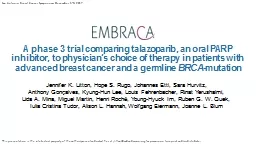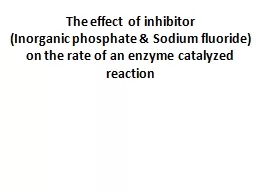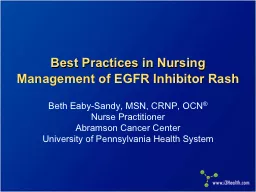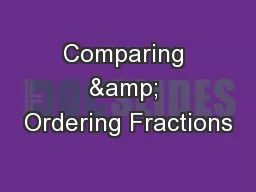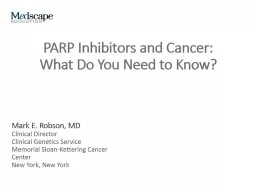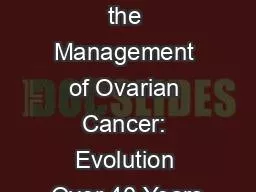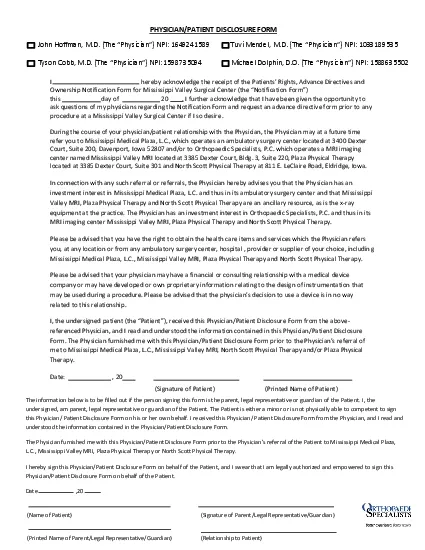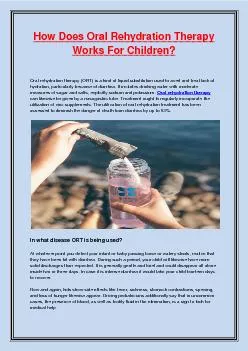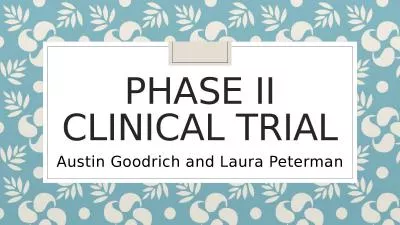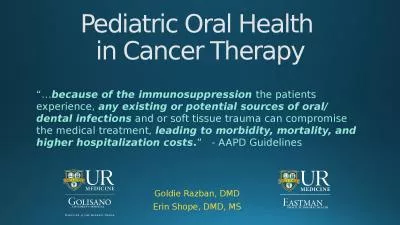PPT-A phase 3 trial comparing talazoparib, an oral PARP inhibitor, to physician’s choice
Author : bikersjoker | Published Date : 2020-11-06
patients with advanced breast cancer and a germline BRCA mutation Jennifer K Litton Hope S Rugo Johannes Ettl Sara Hurvitz Anthony Gonçalves KyungHun
Presentation Embed Code
Download Presentation
Download Presentation The PPT/PDF document "A phase 3 trial comparing talazoparib, ..." is the property of its rightful owner. Permission is granted to download and print the materials on this website for personal, non-commercial use only, and to display it on your personal computer provided you do not modify the materials and that you retain all copyright notices contained in the materials. By downloading content from our website, you accept the terms of this agreement.
A phase 3 trial comparing talazoparib, an oral PARP inhibitor, to physician’s choice: Transcript
Download Rules Of Document
"A phase 3 trial comparing talazoparib, an oral PARP inhibitor, to physician’s choice"The content belongs to its owner. You may download and print it for personal use, without modification, and keep all copyright notices. By downloading, you agree to these terms.
Related Documents

